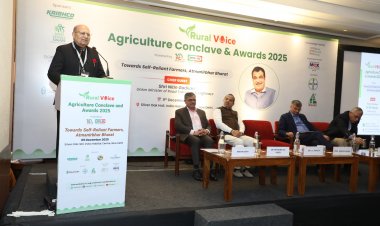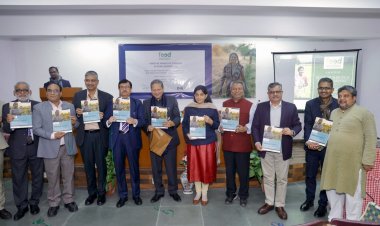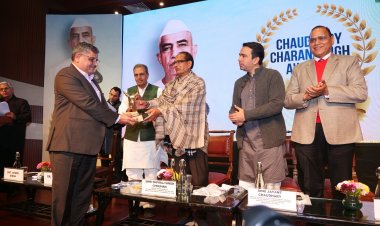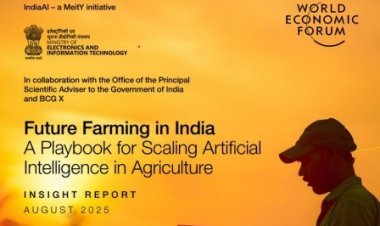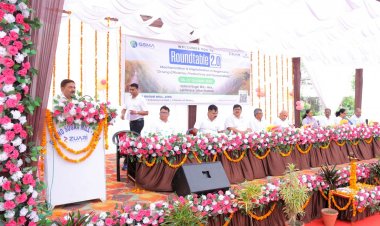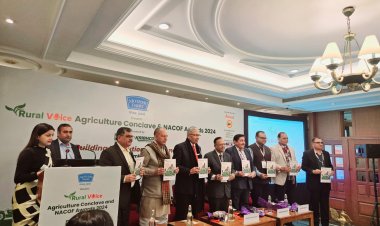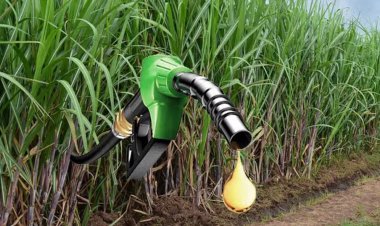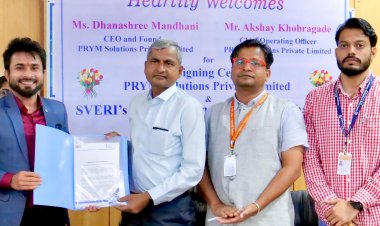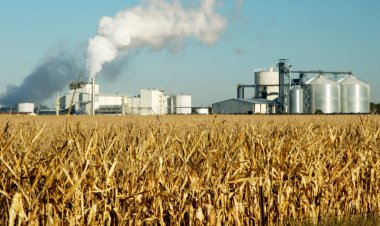The Agriculture Ministry has roped in IIM-Rohtak for the assessment of various paddy residue management initiatives undertaken in Punjab, Haryana and Uttar Pradesh in the last five years in order to control air pollution.
It is envisaged that the findings that would come out through this exhaustive consultation and analysis would be helpful to further expand and strengthen the infrastructure and activities for crop residue management, the ministry said.
The findings will also help put in place the support infrastructure for implementing the scheme with greater knowledge, better access and expanded opportunities for small and marginal farmers.
The government has been subsidising farm machinery required for in-situ management of crop residue in Punjab Haryana, Uttar Pradesh and Delhi from 2018-19 to 2022-23 with a total sanctioned fund of Rs 3,318 crore under a central scheme.
This central scheme was implemented with the aim of addressing air pollution in Delhi and National Capital Region due to stubble burning in the adjoining states of Punjab, Haryana and Uttar Pradesh.
According to the ministry, these states have established more than 38,000 Custom Hiring Centres (CHCs) of crop residue management machines and more than 2.42 lakh machines have been supplied to these established CHCs and individual farmers of these four states under the central scheme.
"In order to assess the impact of various initiatives undertaken by the states under this scheme during these five years, the Department of Agriculture and Farmers Welfare has engaged Indian Institute of Management, Rohtak to carry out assessment of the magnitude of the problem of paddy residue burning in the states," the ministry said in a statement.
IIM-Rohtak will assess district-wise mapping of available machinery separately for in-situ and ex-situ management including assessment of average use of each machine available with different entities such as individual farmers, societies and Custom Hiring Centres for paddy straw management.
It will also analyse usage based on optimum field capacities of these machines, assessment of the quality and cost of in-situ and ex-situ machines supplied under the scheme vis-a vis quality and cost of machines in the open market.
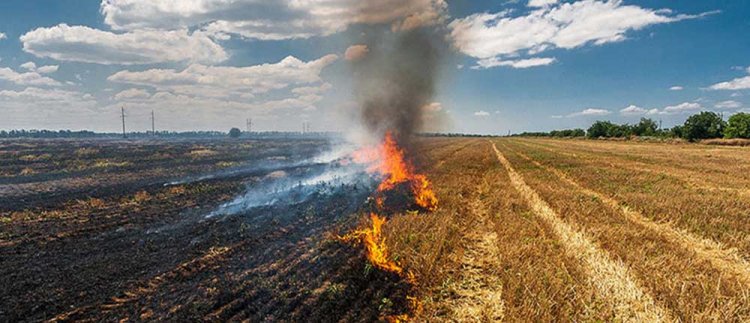



 Join the RuralVoice whatsapp group
Join the RuralVoice whatsapp group


















